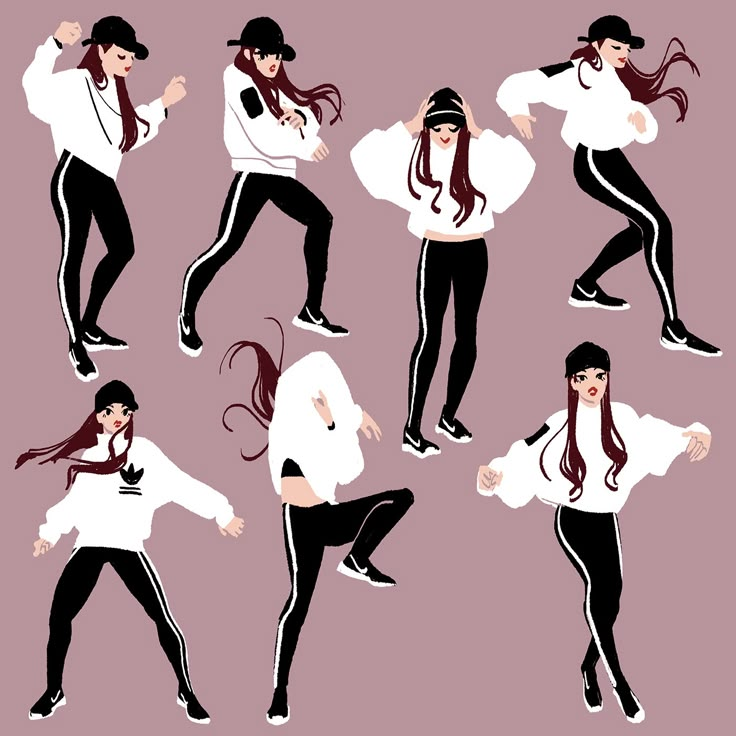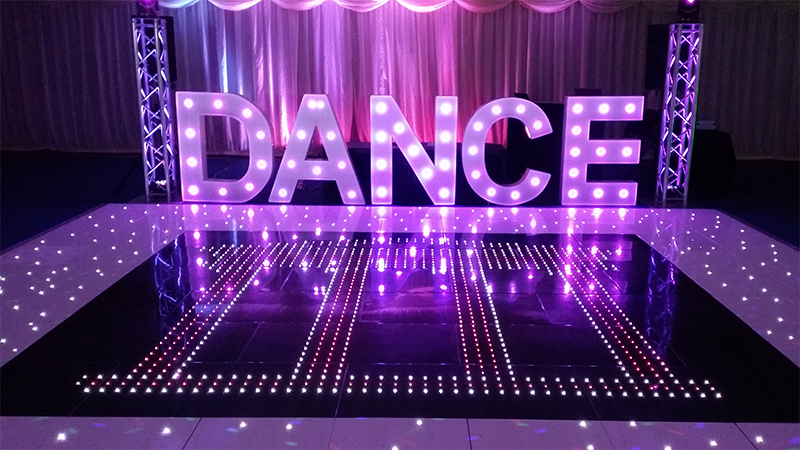How to dance 50s style
The most loved 1950s dance styles
The fabulous 1950s represent a real watershed in the history of dance: the dances of the decade were fun and innovative and reflected the evolution of the times.
The spread of television allowed millions of viewers to see their favorite songs performed for the very first time, and consequently also pick-up the dance steps that accompanied them.
It is precisely for this reason that certain dances acquired an unprecedented popularity, dances such as Rock’n’Roll (a teenage evolution of the Jitterbug and Swing dancing), the Madison, the Stroll, and the Hand Jive.
Here is an overview of the most popular music and 1950s dance styles.
1950s Music for dancing
The 1950s represented an exciting period for music, and consequently music for dancing was rich and manifold and provided a diverse soundtrack for the most popular dances of the decade.
Musical styles evolved rapidly with the birth of Rock‘n’Roll, and inevitably dance styles developed and varied to adapt to the changes in the music. The presence of a TV set in every family home also provided young people with the opportunity to learn new dance styles very quickly.
- Swing
Swing became popular and achieved commercial success at the end of the 1920s as a somewhat diluted evolution of Jazz. It experienced its height of popularity in the 1930s and 1940s (suitably referred to as ‘The Swing Era’) with the rise of Big Band Dance Orchestras, led by and featuring both black and white musicians.
In the 1950s however, the popularity of Big Bands and Swing music declined, and while some Big Bands continued to find work as studio orchestras for TV or radio productions, essentially they became the backing bands to a new (and considerably less swinging) ‘Pop’ sound. Vocalists took centre stage and singers such as Frank Sinatra, Dean Martin, and Judy Garland stepped into the spotlight.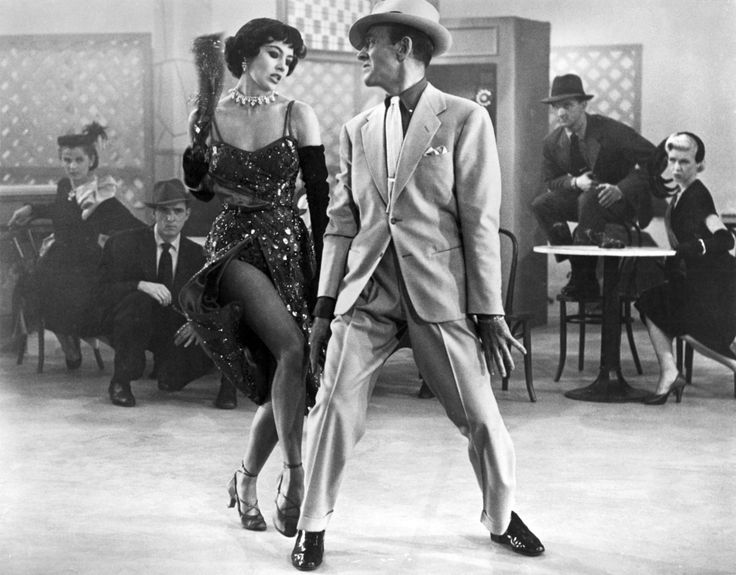
- Jazz
In New Orleans at the end of the 19th Century, ‘Founding Father’ Buddy Bolden alongside fellow Afro-American musicians fused together ragtime, blues and gospel sounds and improvised rhythms during performances to create a brand new genre of music – Jazz. Jazz has remained popular in its various guises and evolutions for well over a century.
Throughout the 1920s, 1930s and 1940s it inspired many new styles and genres including Swing and Bebop, and at the beginning of the 1950s Jazz entered its ‘Cool’ phase. The music was calmer, more loungey, and featured softer and longer melodies. By the end of the decade however, some musicians began to reject the traditional norms and structures of Jazz in favour of an improvisational and experimental ‘free-jazz’ style (which would later become known as Avant Garde Jazz). Lester Young, Charlie Parker, Dizzy Gillespie, Miles Davis, John Coltrane, and Nina Simone were some of the most popular Jazz artists of the 1950s.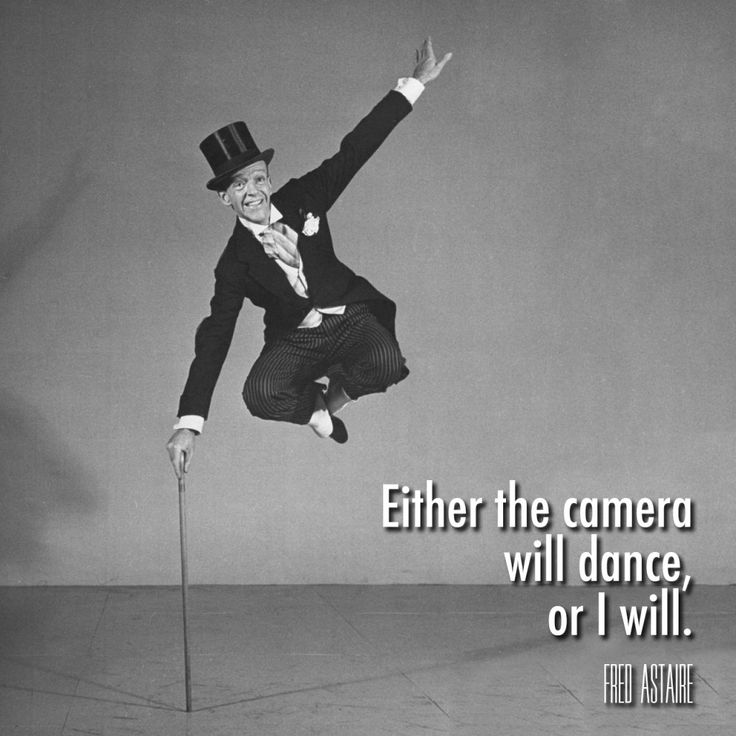
- Blues
Blues is thought to have originated in the Southern States of America after the American Civil War, however like Jazz, it wasn’t really documented until the turn of the 20th century. Also like Jazz, its roots are thoroughly African-American. This lyrical yet melancholic genre of music inspired many different styles from Delta Blues to Country Blues to West Coast Blues.
In the 1950s the Blues infiltrated the ‘mainstream’. The mass migration of African-Americans after the end of World War II and a general nationwide increase in income helped the Blues travel out of rural areas and into cities like Chicago and Memphis. Some styles favored the harmonica (blues harp), and others the electric guitar (electric blues), and some styles got labeled as ‘Rhythm & Blues’. Iconic artists of the decade included the likes of Muddy Waters, B.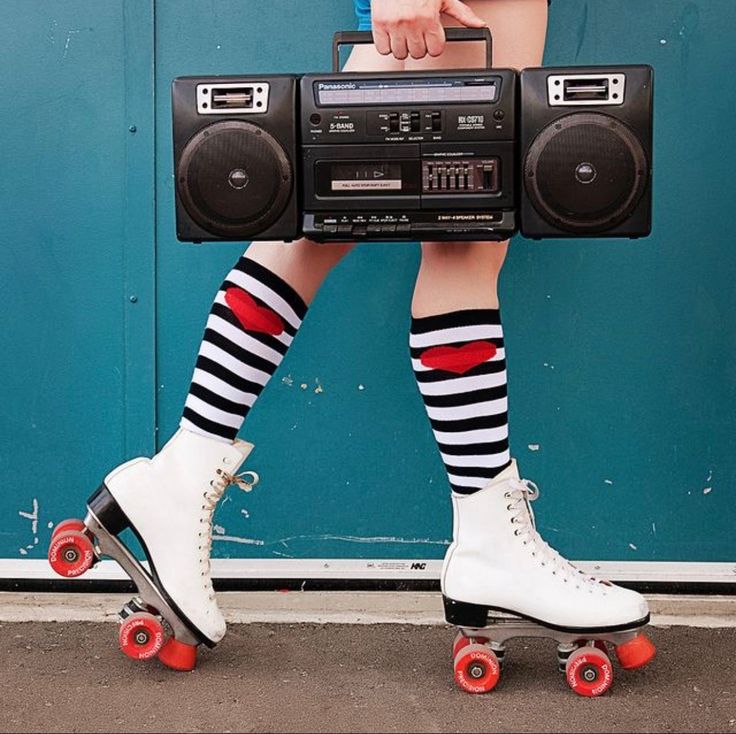 B. King, John Lee Hooker, Chuck Berry, T-Bone Walker, Howlin’ Wolf, Willie Dixon, Jimmy Reed and Bo Diddley.
B. King, John Lee Hooker, Chuck Berry, T-Bone Walker, Howlin’ Wolf, Willie Dixon, Jimmy Reed and Bo Diddley.
- Rock’n’Roll
Rock’n’Roll was essentially an amalgamation of several musical genres: primarily Blues, Country and Bluegrass, and also Jazz and Gospel. Thanks to artists like Chuck Berry, Little Richard, Jerry Lee Lewis and the King of Rock’n’Roll himself, Elvis Presley, the genre had an immediate impact on the lives of its listeners.
Rock’n’Roll in the 1950s (and indeed today) was not just a musical genre, it was a lifestyle and represented a new way of looking at the world. It affected families, it influenced behaviour, language, politics, inspired fashion, and even influenced the Civil Rights movement. It’s rhythm and format is distinct and yet at the same time distinctly indefinable, thanks to its rich and manifold nature. Rock’n’Roll was a musical revolution that rocked the nation, literally.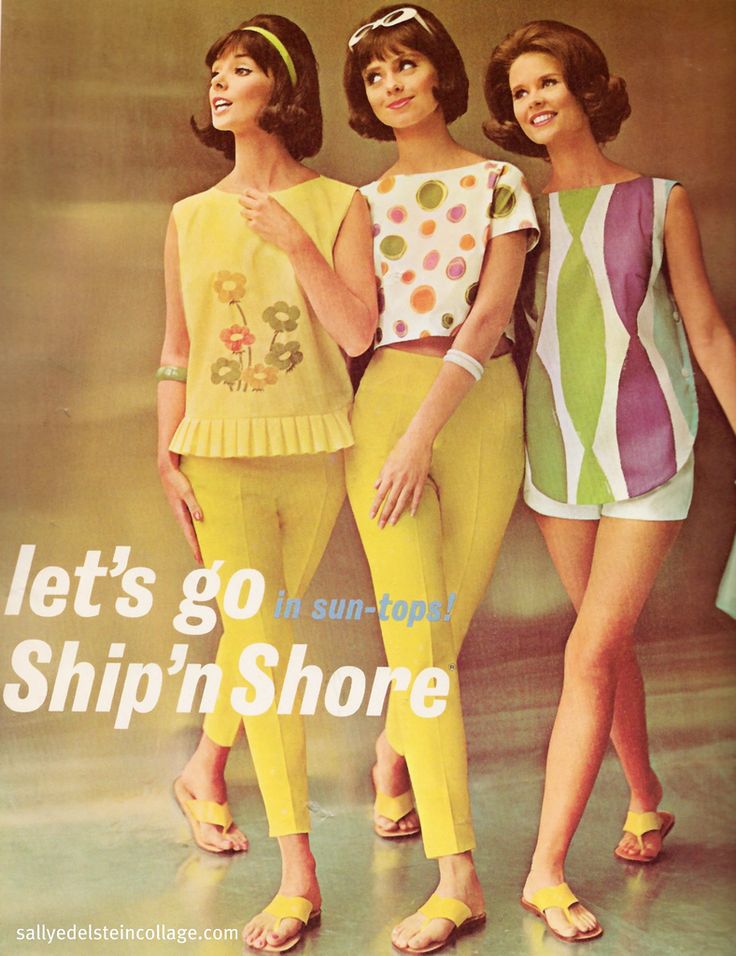
- Rockabilly
Rockabilly is a musical genre that developed around the beginning of the 1950s in the southern United States. Its name blends ‘Rock’n’Roll’ and ‘hillbilly’, and the style of music is often categorized as a sub-genre of Rock’n’Roll with heavy Country music influences and links to Bluegrass, Jazz, Boogie Woogie and Rhythm’n’Blues.
The early recordings of Elvis Presley alongside many of the ‘Sun’ artists in the early 1950s were considered to be ‘Rockabilly’. The bands were small and usually limited to a couple of guitars and a double bass, accompanied of course by vocals. The recordings were rough and ready and the vocals often added that Country twang. Unlike Rock’n’Roll and Swing however, Rockabilly featured predominantly white artists such as Carl Perkins, Johnny Cash, Sonny Burgess and Jerry Lee Lewis.
- Caribbean Craze
It would be remiss not to mention the Latin American music craze that hit the 1950s hard with Mambo, Cha Cha Cha, Rumba, and Calypso rhythms infiltrating the airwaves and even diffusing into the Rock’n’Roll and Pop music of the day.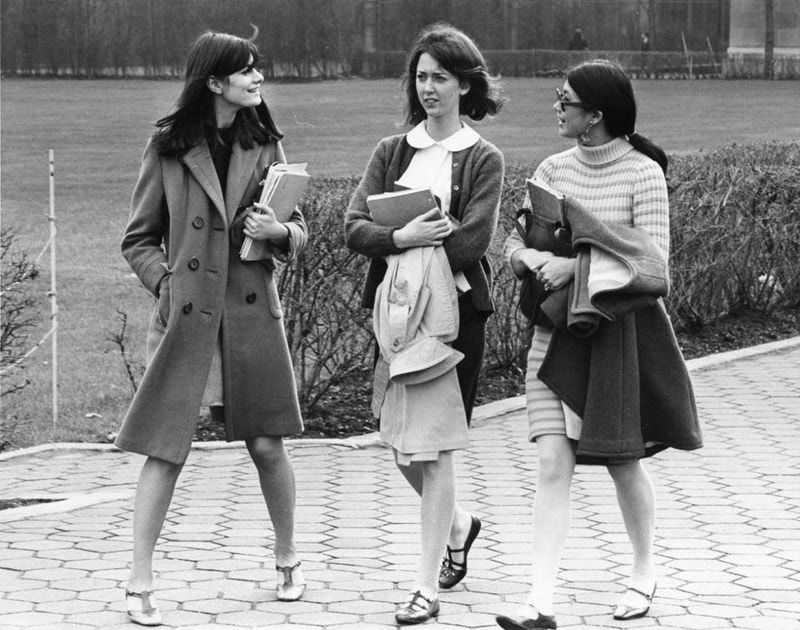 The lively Cuban rhythms and rich musical sounds made for great dance steps and popular artists included Pérez Prado, Tito Puente, Xavier Cugat and Tito Rodrìgues.
The lively Cuban rhythms and rich musical sounds made for great dance steps and popular artists included Pérez Prado, Tito Puente, Xavier Cugat and Tito Rodrìgues.
The most famous and popular 1950s dance styles
The world of 1950s dance reflected the evolution of the times: they were innovative, enthusiastic, and fun, just like the 1950s.
Partner Dances
Rock’n’Roll
Rock’n’Roll is pretty much a blanket term for all of the dances that were danced to rock’n’roll music in the 1950s. The terminology can be confusing, as there were so many dance variations from State to State, and even from ballroom to ballroom, and on top of that, modern usage of some dance terms have a whole different meaning altogether today. So while it’s understandable that definitions of the dances will vary, it can be said that the Swing dances of previous years undeniably developed and evolved to the new rhythms and powerful beats of Rock’n’Roll during this revolutionary decade.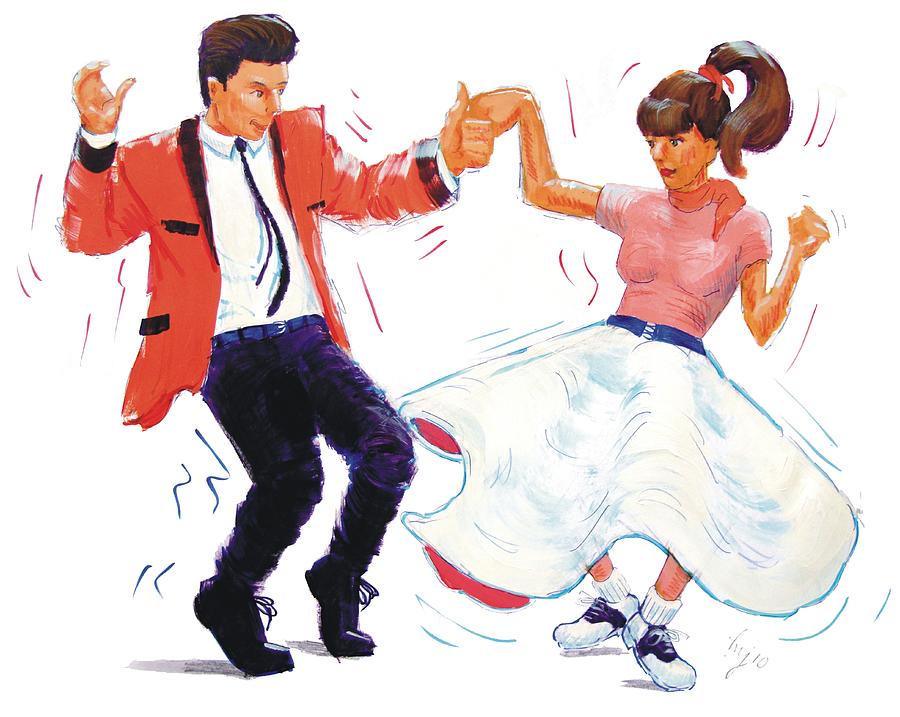
Jitterbug (also known as Jive)
The term Jitterbug dates from the 1930s, and referred to both the dancer and the dance. However it is generally agreed that the dance was a simplified version of the Lindy Hop, featuring fewer steps, and therefore making it easier to dance to faster music. As a dance it transitioned very easily from Swing to Rock’n’Roll music, and films such as Rock Around The Clock and Rock, Rock, Rock showcased the dance to a new generation of younger dancers eager to get on the floor.
Boogie Woogie
Boogie Woogie music was particularly popular in the 1920s, however the dance originated and flourished in the 1950s in direct response to Rock’n’Roll music. Like the Jitterbug, it has its roots in Swing, and is another off-shoot of the Lindy Hop. While it is certainly adept to Boogie Woogie piano rhythms, it is also associated (although not exclusively) with energetic, driving up-tempo rocking tunes.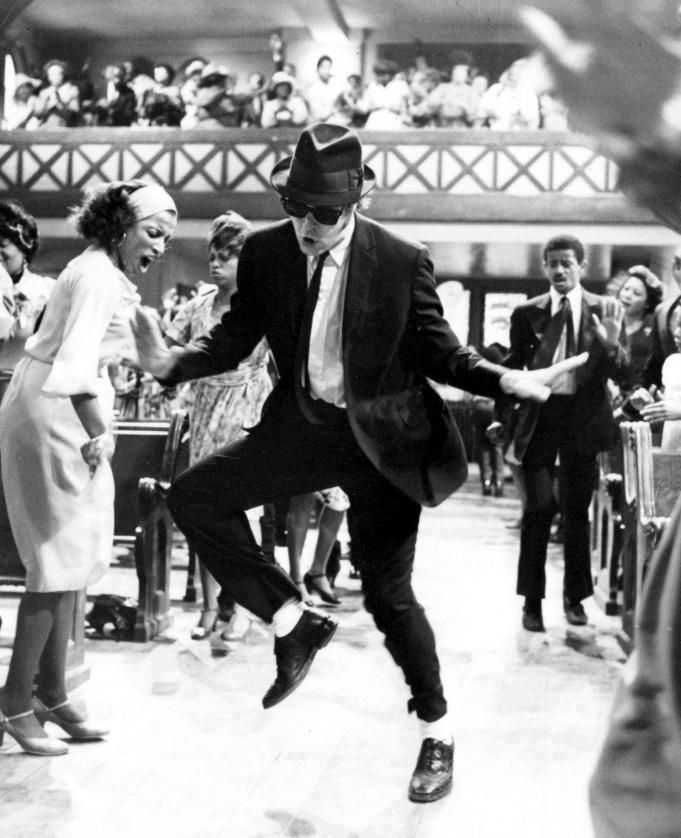 In the 1950s this dance variation would probably just have been known as ‘Rock’n’Roll’, however what we call Boogie Woogie today is also sometimes referred to as East Coast Swing.
In the 1950s this dance variation would probably just have been known as ‘Rock’n’Roll’, however what we call Boogie Woogie today is also sometimes referred to as East Coast Swing.
Learn to dance in “vintage style”, take a look at our Dance Academy. Start from scratch or rekindle an existing passion for dance with our internationally renowned teachers.
Calypso
As America went gaga for the exotic rhythms of the Caribbean in the 1950s, it goes without saying that interest in dances such as the Mambo, Rumba and Cha Cha Cha also increased. The ‘Chalypso’ is the name that the iconic broadcast American Bandstand gave to the simplified version of the Cha Cha Cha that was becoming popular amongst teenagers. It remained a partner dance, but was very simple and playful, and the steps were performed out of hold.
Novelty Dances
Bunny Hop
The Bunny Hop was a classic early 1950s party dance: it was energetic and full of jumps, but very simple and repetitive, which made it perfect for parties.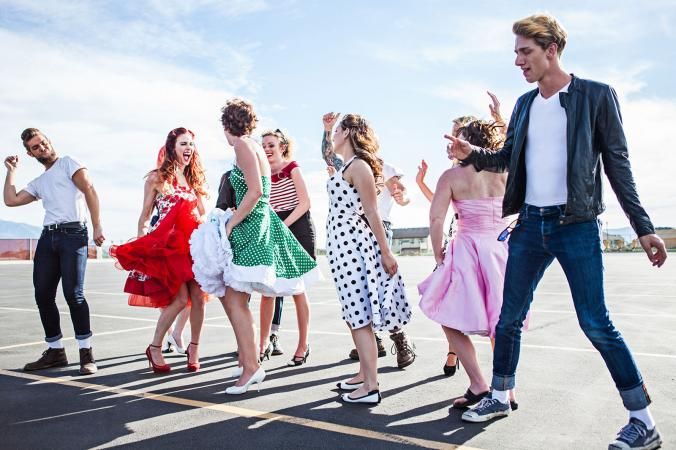 Dancers formed a line (imagine a conga line) and performed a short sequence of side-steps and jumps forward and back to the music. The dance routine featured on TV and even had its own song, with some versions including the instructions for the dance.
Dancers formed a line (imagine a conga line) and performed a short sequence of side-steps and jumps forward and back to the music. The dance routine featured on TV and even had its own song, with some versions including the instructions for the dance.
Hand Jive
In 1957 filmmaker Ken Russell recorded teenagers dancing the ‘Hand Jive’ in the basement of a London coffee bar. The venue was so crowded that there wasn’t enough room to actually dance properly, so they invented a rhythmic clapping choreography for their hands instead, which they could do without a partner and sitting down. It didn’t take long for the craze to reach the States and just one year later in 1958 American artist Johnny Otis had even recorded a song entitled ‘Willie and the Hand Jive’ with a notably recognisable Bo-Diddley riff.
Twist
Yet another novelty dance sensation in the 1950s was the Twist. Interestingly enough, just like the Hand Jive, songs were written in reaction to the dance craze that was inspired by and danced to Rock’n’Roll music, and not the other way round.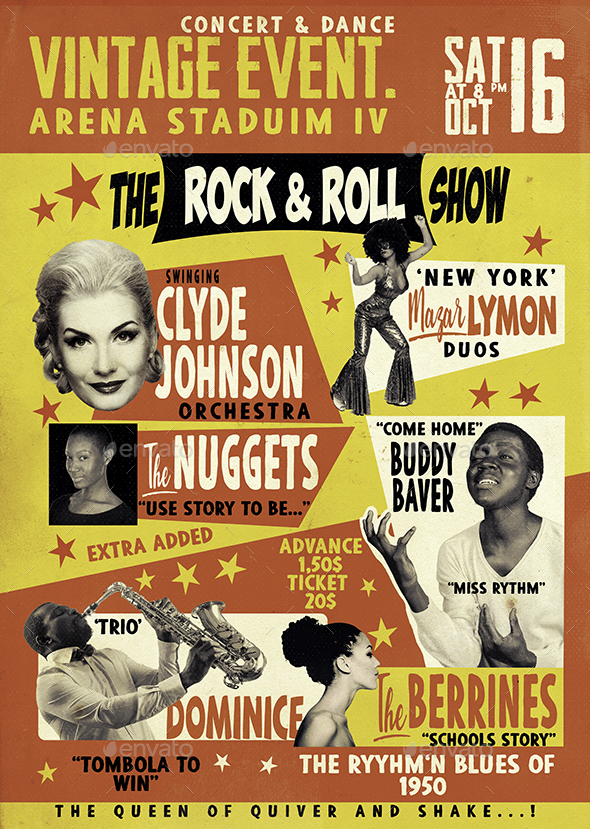 In 1959 both Hank Ballard and Chubby Checker released tracks entitled ‘The Twist’ after the dance had already caught on. The dance itself is very simple; it is performed alone (without a partner) and is based on the swiveling motion of the hips and ankles that have the effect of ‘grinding’ into the floor. The torso has limited movement and the arms mimic the swiveling action of the hips.
In 1959 both Hank Ballard and Chubby Checker released tracks entitled ‘The Twist’ after the dance had already caught on. The dance itself is very simple; it is performed alone (without a partner) and is based on the swiveling motion of the hips and ankles that have the effect of ‘grinding’ into the floor. The torso has limited movement and the arms mimic the swiveling action of the hips.
Group dances in 1950s
With the decline of Swing and Big Band Orchestras, dance halls in the 1950s experienced a moment of crisis. However American teenagers still loved to dance, and towards the end of the decade group dances experienced a wave of popularity (thanks in part to their appearances on television). It was something new and different from the more established partner dances, and they were generally simple and easy to learn, which made them perfect for younger dancers.
The Stroll
The original Stroll emerged in the late 1950s and consisted of a line of women facing a line of men, forming a passageway down which couples ‘strolled’ to the music before parting and joining the end of their respective lines again.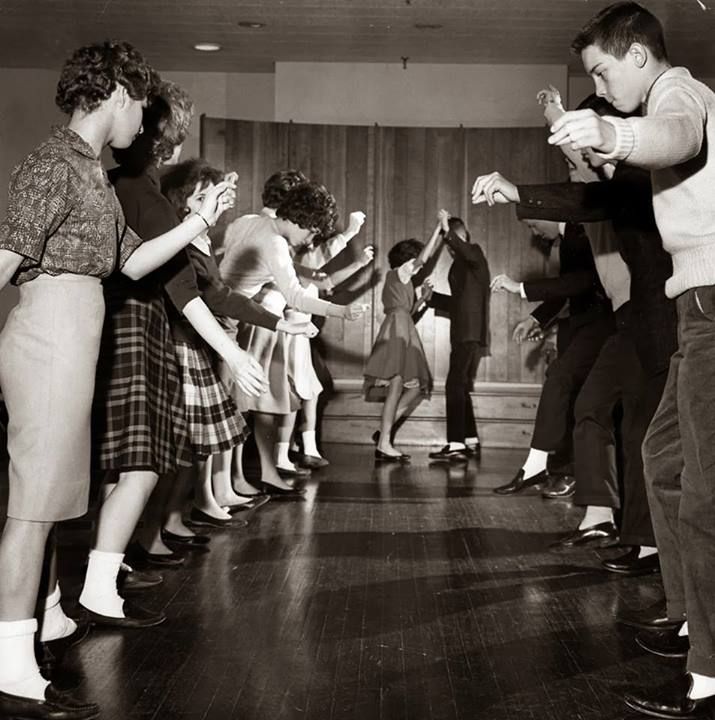 American Bandstand broadcast the dance being performed to the song of the same name by the group The Diamonds in 1957 and the rest, as they say, is history. The Stroll is still danced at events today but with significant variations from the original.
American Bandstand broadcast the dance being performed to the song of the same name by the group The Diamonds in 1957 and the rest, as they say, is history. The Stroll is still danced at events today but with significant variations from the original.
The Madison
The Madison emerged as a ‘line dance’ in the late 1950s in Ohio. It is danced without a partner, in lines on the dance floor, and follows a set choreography of steps and moves. In 1959 Ray Bryant released ‘It’s Madison Time’ in which the steps are called, and today the dance is commonly associated with this song. Like the ‘Twist’ and the ‘Hully Gully’, the dance went on to experience an even higher level of success in the 1960s after its appearance on television.
Hully Gully
The exact origins of the Hully Gully are unclear. History suggests that a dance called the Hully Gully dates as far back as the 1920s, however the dance referred to here is an ‘unstructured’ group dance that is commonly believed to date from 1959.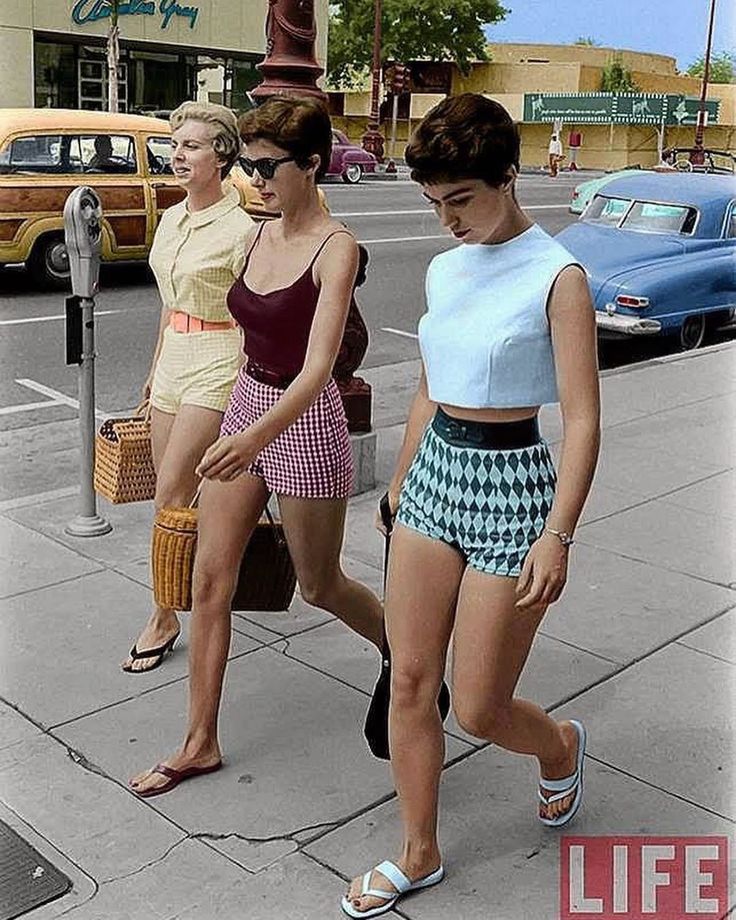 This coincides with the release of the song ‘(Baby,) Hully Gully’ by the Olympics that vaguely described the actions of the dance that include ‘shaking’ the shoulders and ‘wiggling’ the knees.
This coincides with the release of the song ‘(Baby,) Hully Gully’ by the Olympics that vaguely described the actions of the dance that include ‘shaking’ the shoulders and ‘wiggling’ the knees.
In Conclusion
The music and 1950s dance styles are not just a thing of the past.
Rock’n’Roll is alive and kicking, and thanks to the millions of people all around the world that are captivated by the rhythms, dances, fashions, and living history of that incredible and world-changing decade, the music and 1950s dance styles are more alive today than ever.
It is a chapter of history that remains open, and continues to give joy at dance events all around the world.
Learn to dance in “vintage style”, take a look at our Dance Academy. Start from scratch or rekindle an existing passion for dance with our internationally renowned teachers.
Teen Dances of the 1950s
Teen Dances of the 1950s
Teen Dances of the 1950s
Richard Powers
After the Swing Era and World War II, American social dancing cooled down in the late 1940s, in a shift from dance bands to concerts in night clubs.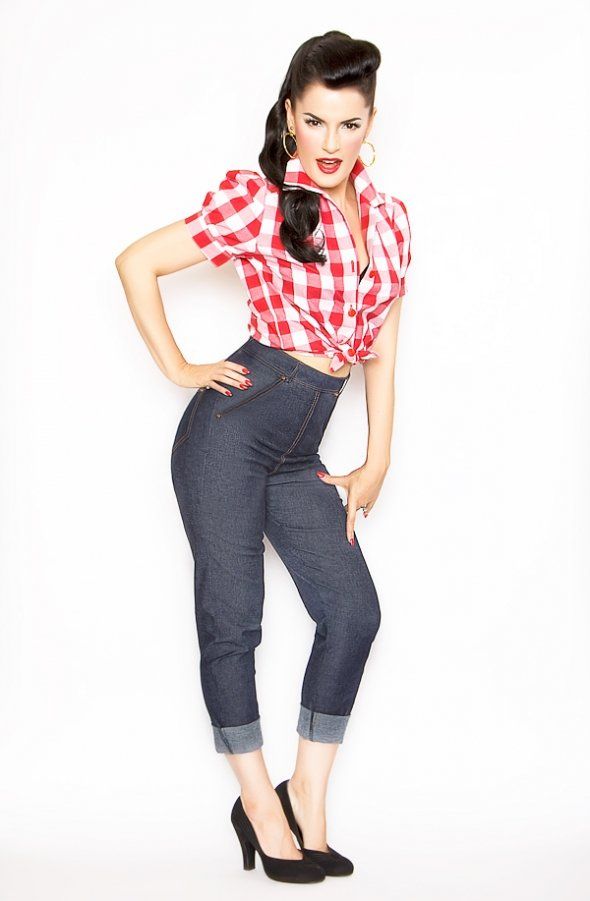 This
was due to many factors — musician union fees that made big bands unaffordable, the undanceable aesthetics of bebop cool jazz, and a generation of post-war
veterans with the new priority of settling down and raising a family.
This
was due to many factors — musician union fees that made big bands unaffordable, the undanceable aesthetics of bebop cool jazz, and a generation of post-war
veterans with the new priority of settling down and raising a family.
But teenagers still liked to dance. Teens' dancing during the 1950s was widely varied in steps and styling. Most
of it was still swing-based, but swing had been diverging into local styles and regional variations each decade for
thirty years. In one high school it might be low and smooth; in another, wild and angular. In some areas it was
constant swing moves, while in others it was dancing with steps in place, simply holding your partner's hand, with
no swing moves. Other innovations are listed below.
One incentive for new variations was the rebelliousness of the time — teens didn't want to dance like their parents
who were actively disapproving of their lifestyle, so they invented a wide range of step and style
replacements.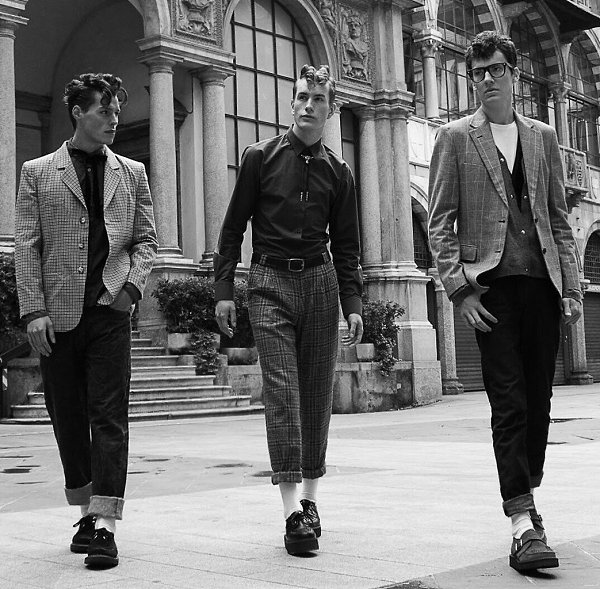 Another motivation for change was the music. Rock'n'roll simply called for different styles of dancing,
some of which mirrored the strong backbeat of rock.
Another motivation for change was the music. Rock'n'roll simply called for different styles of dancing,
some of which mirrored the strong backbeat of rock.
Terminology was just as varied as the dancing. This was called jitterbug, or swing, Lindy, the rock'n'roll, boogie-woogie or Bop. The word Bop was new then, so almost everything was called the Bop. But that word usually referred to a family of low swiveling Charleston-like steps danced in place, sometimes without a partner.
Some teens sought out African American sources for new steps and styles, sometimes from their black maids or from the cooks at a summer camp, and especially from black teens at high school and local dances, which started to become possible after a 1954 desegregation ruling.
Another source of new dance styles was from television. Daily soap operas were finished by 3pm, and local stations needed
programming to fill the void until evening shows began. Since teenagers got home at that time, local stations
hired radio DJs to play popular teenage music as cameras televised teens dancing. One of the first was Bandstand on
Philadelphia's WFIL-TV (1952) hosted by former radio DJ Bob Horn. When he was fired after a drunk driving arrest in 1956,
Dick Clark was selected as his replacement.
Since teenagers got home at that time, local stations
hired radio DJs to play popular teenage music as cameras televised teens dancing. One of the first was Bandstand on
Philadelphia's WFIL-TV (1952) hosted by former radio DJ Bob Horn. When he was fired after a drunk driving arrest in 1956,
Dick Clark was selected as his replacement.
The increasingly wide regional diversification of dance styles reversed on August 5, 1957, when Clark convinced ABC to broadcast his show nationally, becoming American Bandstand. Suddenly teens from coast to coast were seeing and copying the way the kids in Philadelphia danced, and that regional style soon became a national dance style. Three years later, the same thing would happen with the Twist, and from then on, teenagers got most their dances from television.
Other dances: In addition to the many styles of swing, there was also the Stroll, the solo version of Bop, Chalypso (American Bandstand's name for
teen cha-cha), the line dance Madison (soon followed by the Hully-Gully), the Bunny Hop, various kinds of slow dancing, and more. The dance later known as the Twist was also done by teens in the mid-fifties, years before Chubby Checker made it a hit in
1960. (Watch the 1957 film Rock Baby Rock It for a good example.)
The dance later known as the Twist was also done by teens in the mid-fifties, years before Chubby Checker made it a hit in
1960. (Watch the 1957 film Rock Baby Rock It for a good example.)
Some specific changes made to swing by 1950s teens
As a reference point, the most common style of swing at the beginning of the 1950s was:
Counts 1-2: Take a step, to walk through a swing move.
Counts 3-4: Take another step, to finish the swing move.
Count 5: Facing partner, rock back, in place.
Count 6: Replace weight forward, in place.
Timing is slow-slow-quick-quick, 6-count swing. Some began with the rock step.
With slower music, the two walking steps would be replaced by triple steps.
Changes made by teens in the 1950s:
Change 1) The walking steps were replaced by a tap-step, matching the strong backbeat of
rock music.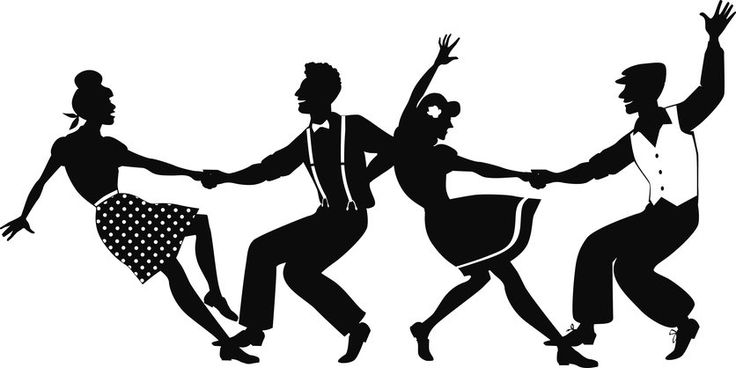
Change 2) Side-close-side triple steps were replaced by hook-replace-side triples, with the strong side step emphasizing the backbeat.
Change 3) The tradition of executing one swing move after another was often replaced by mostly dancing in place, holding one or both hands, with fewer swing moves.
Change 4) Push off with one hand, drifting back away from partner on counts 1-4. Then walk forward to your partner on counts 5-6. (Shown at left.) This replaced the rock step with walking forward.
Change 5) Some teens danced in place on counts 1-4, then traveled forward through a
swing move on 5-6, or 4-5-6. This turned the figure inside-out — stationary where it used to travel, then traveling
where it used to rock-step in place.
1) Tap in place
2) Step to side
3) Tap 2nd foot in place
4-5-6) Walk forward through a swing move.
A fancier version, in triple-time, shown by several fifties teens:
1) Tap in place
2) Step to side, backing away from partner
3&4) Step back on 2nd foot, close back taking weight, step forward on the 2nd foot.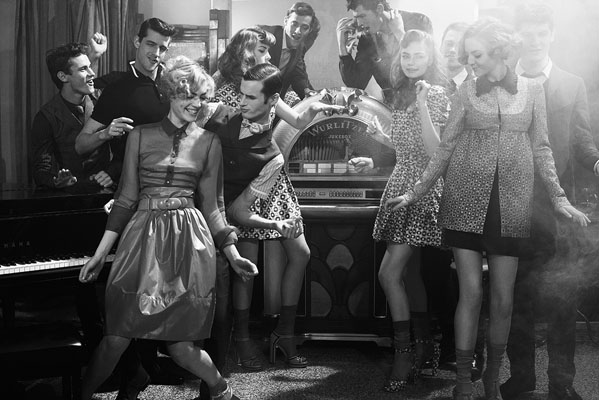
5-6) Continue walking forward 2 steps, through a swing move.
Note: The 1970s Latin Hustle is exactly this same step. The version above it became the American Hustle.
This also became Sugar Push in West Coast Swing. Today WCS dancers usually begin with the above 5-6, with the Follow walking forward to him before the same 1950s push-off on the 1,2,3&4 above.
Change 6) While some rock and pop music continued the triple "swung" feeling of blues and big band music, teenagers also danced to straight 4/4 music (similar to cha-cha rhythm) — an innovation from the 1950s which continued into 1970s disco, and then West Coast Swing.
All six of these changes continued when 1950s teen swing became the Hustle during the 1970s. Some believe
that the Latin Hustle was created by Hispanics, from Cuban and Puerto Rican dances. But it was the 1950s rock'n'roll
teenagers who invented all of these changes.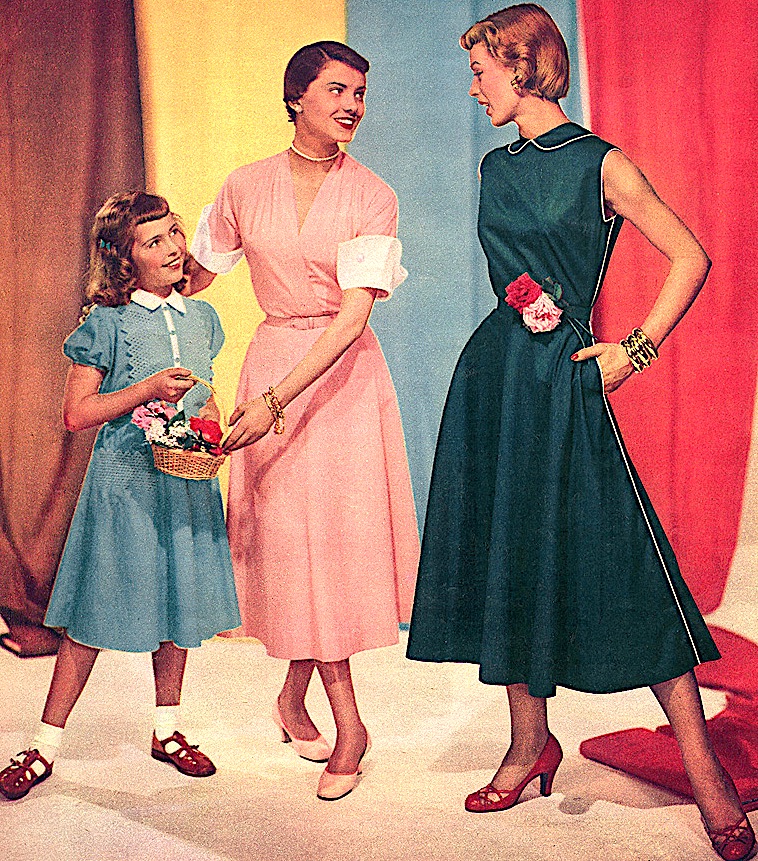 New York Latinos do deserve credit for keeping this teen swing tradition
alive from 1960 to the 1970s, while adding some of their own style, until it was reignited by the Disco scene.
New York Latinos do deserve credit for keeping this teen swing tradition
alive from 1960 to the 1970s, while adding some of their own style, until it was reignited by the Disco scene.
All of these changes also continue today in West Coast Swing. Contrary to claims on some WCS web pages, 1950s teenagers deserve the credit for many of the fundamental innovations that later defined West Coast Swing.
— Richard Powers
Dance in the style of the 50's - History Of Dance
Dance of the 1950's
Dance in the style of the 1950's is a true reflection of the evolution, innovation and fun that characterized that era. With steps that evolved from swing, like the jitterbug and bop, and moves that anyone could do, like the bunny hop and walk, 50s dance style isn't going anywhere. Whether you're rockabilly ready or heading to the nearest rockabilly club, here are a few styles you might want to try.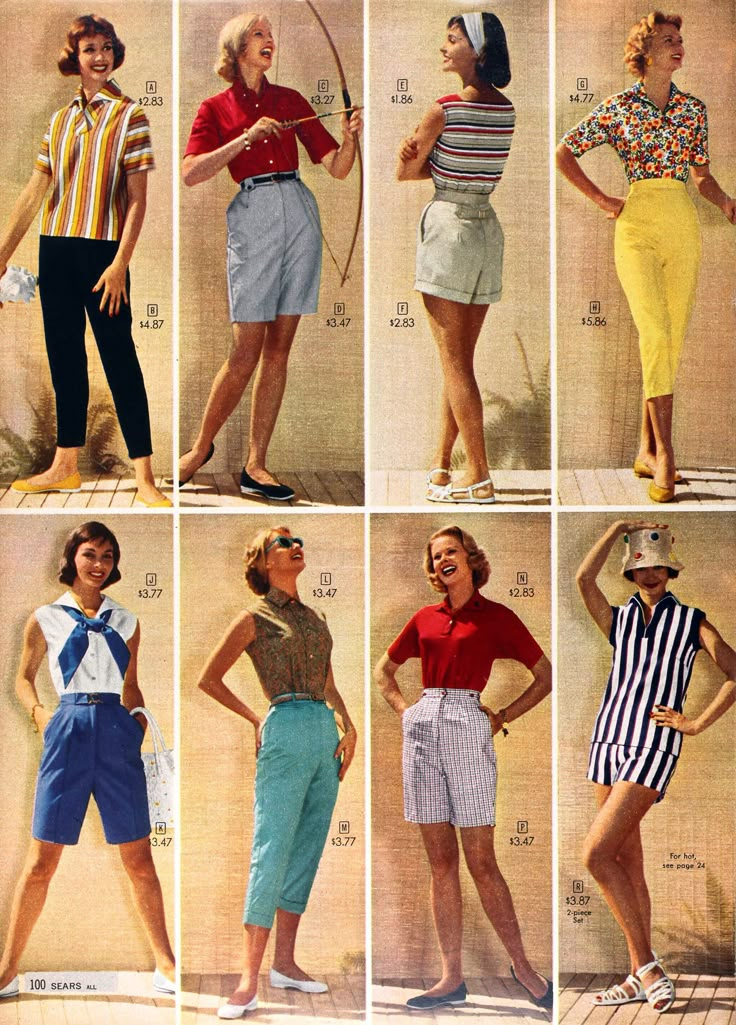 nine0003
nine0003
Boogie-woogie
As a dance style, boogie-woogie included any kind of fast swing dance and was also called "jump swing". Boogie-woogie was usually danced to blues and boogie-woogie music at an uptempo. This type of fast dance involved jumping, bouncing, stomping, and even flying with the feet, all done at considerable speed.
Related Articles
- Ballroom Dance Photos
- Dance Studio Equipment
- Photos of ballet dancers
Elvis Presley, Jerry Lee Lewis and other popular singers of the time developed their own version of rockabilly by combining blues and boogie-woogie. In Europe, people still dance boogie-woogie, although it has become close to jive and includes elements of both East and West Coast swing.
Bop
Bop dance style comes from the jitterbug and East Coast swing of the 1950s. The term "bop" actually comes from the word "bebop", those fabulous 40s jazz tunes; however, he did not dance to be-bop, but to the much faster swing, rockabilly, and rock and roll songs of the era, such as those of Bud Powell, Fats Waller, and Gene Vincent. nine0003
The bop used many of the same movements as the swing, including partners moving around each other, but was usually performed with almost no touch and much faster. The more light-hearted, Charlestonian edgy moves and independent dance style of Bop also encouraged dancers to take up solos. English dance clubs were and still are filled with people doing bop.
Bunny jump
Bunny hop became a classic dance dance in the early 1950s. It was originally danced to Bunny Hop, Ray Anthony, which came out in 1952 and had all the instructions on what to do.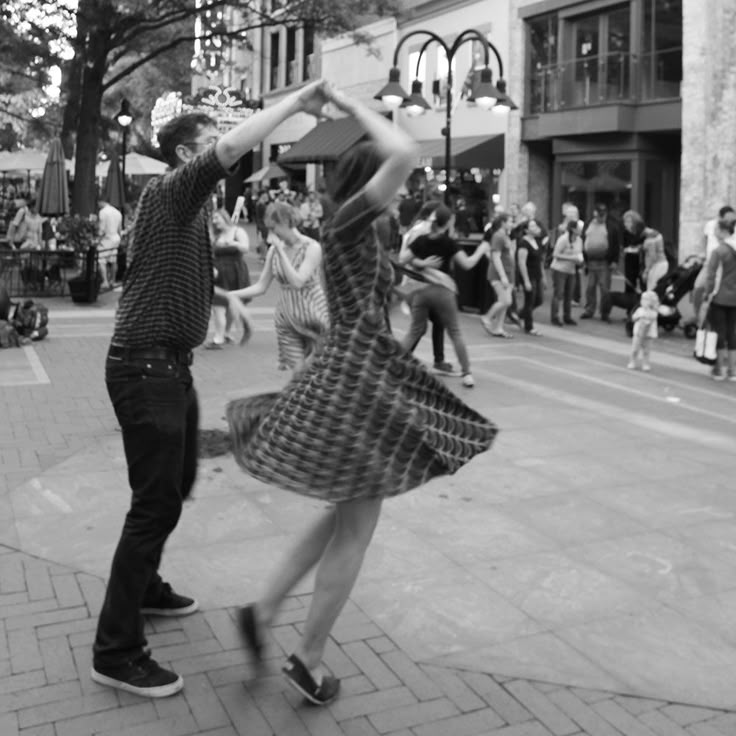 Do a bunny hop, all you need is the energy to jump back and preferably a few people to form a conga line.
Do a bunny hop, all you need is the energy to jump back and preferably a few people to form a conga line.
Chalypso
Toward the end of the 50s, the American stage came up with a name for the simplified cha-cha-cha steps that teenagers danced to swing rhythms: Chalypso. However, the dance style took its name from a string of Caribbean hits that took over the US by the end of the decade. At 19In 1956, Harry Belafonte released his Grammy Award-winning album Calypso , and many more Calypso releases followed with the album's success.
While Calypso's songs were usually danced with a mixture of rumba and samba steps. Somewhere in the future, this was watered down and reinterpreted by young people as a simplified cha-cha-cha. This fun and easy dance style was perfect for dancing to mid-tempo swing songs - not too fast and not too slow.
Jitterbug
The term "jitterbug" originated in the early 1930s and eventually came to be used as a general term for swing in general.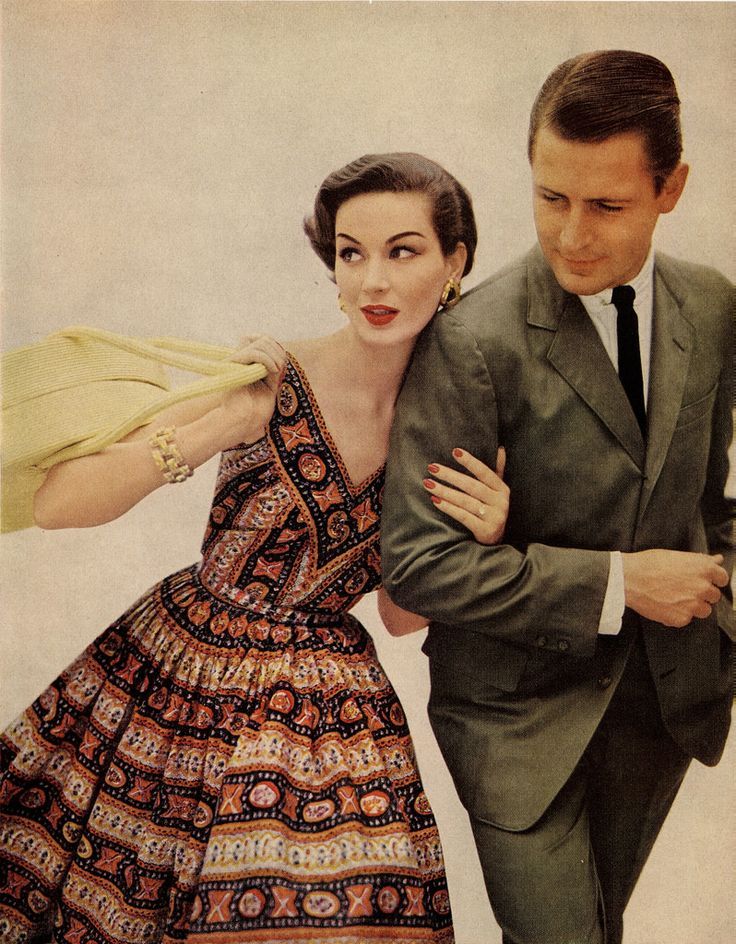 Movies such as Rock Around the Clock, Rock, Rock, Rock, and Girl Can't Help It feature the Jitterbug dancing. By the end of the 1950s, young people began to call fast dances by name. Learning how to Jitterbug is easy.
Movies such as Rock Around the Clock, Rock, Rock, Rock, and Girl Can't Help It feature the Jitterbug dancing. By the end of the 1950s, young people began to call fast dances by name. Learning how to Jitterbug is easy.
Jive
Jive, like Jitterbug, is a type of swing dance. His ancestry is American, heavily influenced by Latino and African American groups, and is known for his speed and fun. Jive is now one of the official forms of Latin American dance in the competition arena and is danced all over the world in rockabilly joints. Read more about the history of Jive dancing and detailed instructions here. nine0003
Madison Line Dance
In the late 1950s and early 1960s, the Madison line dance became very popular. The simple dance line and steps that the dancers were called upon were a huge success. Madison's madness spawned several recordings of songs specially created for the dance, featuring Al Brown's "Madison" and Ray Bryant's "Madison Time". Top 40 Billboard.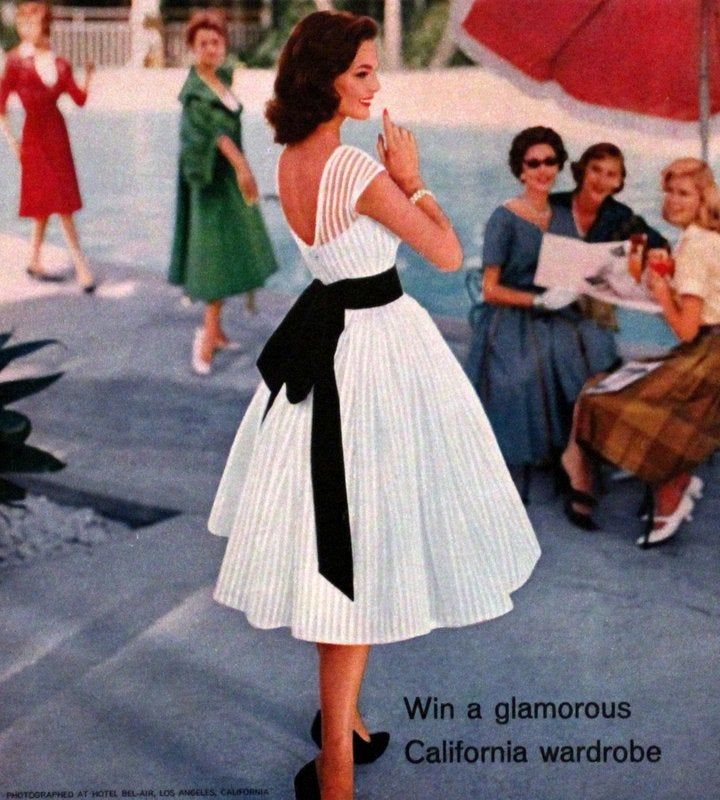 It was so popular that the 1988 film Hairspray featured the dance, and it became one of those recurring features in movies and TV shows that depict popular dances 1950s.
It was so popular that the 1988 film Hairspray featured the dance, and it became one of those recurring features in movies and TV shows that depict popular dances 1950s.
To perform Madison, the dancers line up and follow the movements called the song. It's simple and fun!
Rock and roll
Rock and roll is actually a swing dance. East Coast Swing, West Coast Swing, Jive and Jitterbug have all come to be known as a form of rock and roll dance, largely through the film industry and the media. So it was really rock 'n' roll and various forms of swing were used to dance to it. nine0003
Some notable rock and roll songs include Gene Vincent's Be Bob a Lula, Little Richard's Tutti Frutti, Bill Haley's Rock Around the Clock, Chuck Berry's Johnny Be Goode and Great Balls. fire" by Jerry Lee Lewis. Some of the films that helped solidify rock and roll include Rockin' the Blues, Don't Knock the Rock, Rock, Rock, Rock!, Jailhouse Rock, The Girl Can.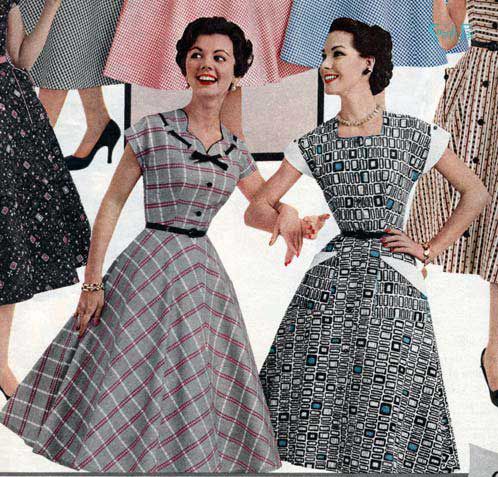 t Help It, "Indomitable Youth" and "Carnival Rock". Here is an example of a rock and roll swing:
t Help It, "Indomitable Youth" and "Carnival Rock". Here is an example of a rock and roll swing:
Walk
The walk was a staple of most dance halls in the 1950s. While this stress-free line dance was fun and easy, the Italian walk is just as easy today. This is a great way to showcase your best dance moves.
The 50s are here to stay
The fashion, fun dances and energetic revolutionary music of the 50s make this a cherished time for many. Try dancing in 1950s style and rock the night away with these steps to capture the magic of that era! nine0003
SWING dance - Dmitry (mitjaj) Martirosov
SWING DANCE is a common name for a group of modern dance styles that emerged and developed in the first half of the 20th century in America. The name of the dances comes from the name of the musical direction.
The whole history of this social phenomenon can be divided into three parts.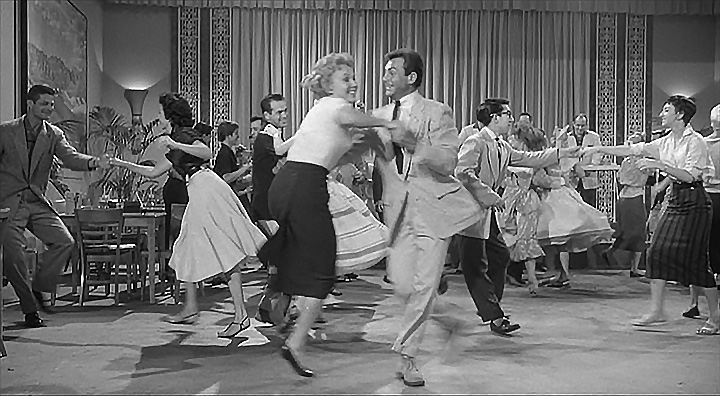
Swing era
In the early 1930s dance music split into sweet music and hot swing. The incredible popularity of hot swing in the mid 30s marked the beginning of the SWING ERA, which officially ended in the mid 40s. But various forms of swing dancing continued to be popular until the late 50s. nine0003
Swing revival
At the end of the last century, more precisely in the mid-80s, interest in swing dances returned again, when people who did not know each other in different cities and countries began to learn how to dance swing, which they even called differently at that moment.
Today
You can come to almost any city in the world and find a place where you can dance swing. There are different styles and directions in swing dances, united by the fact that they are danced to music that has swing. nine0003
Let's talk a little more about each swing dance
FAQ
This is often asked by those who are planning to start or have recently started learning to dance.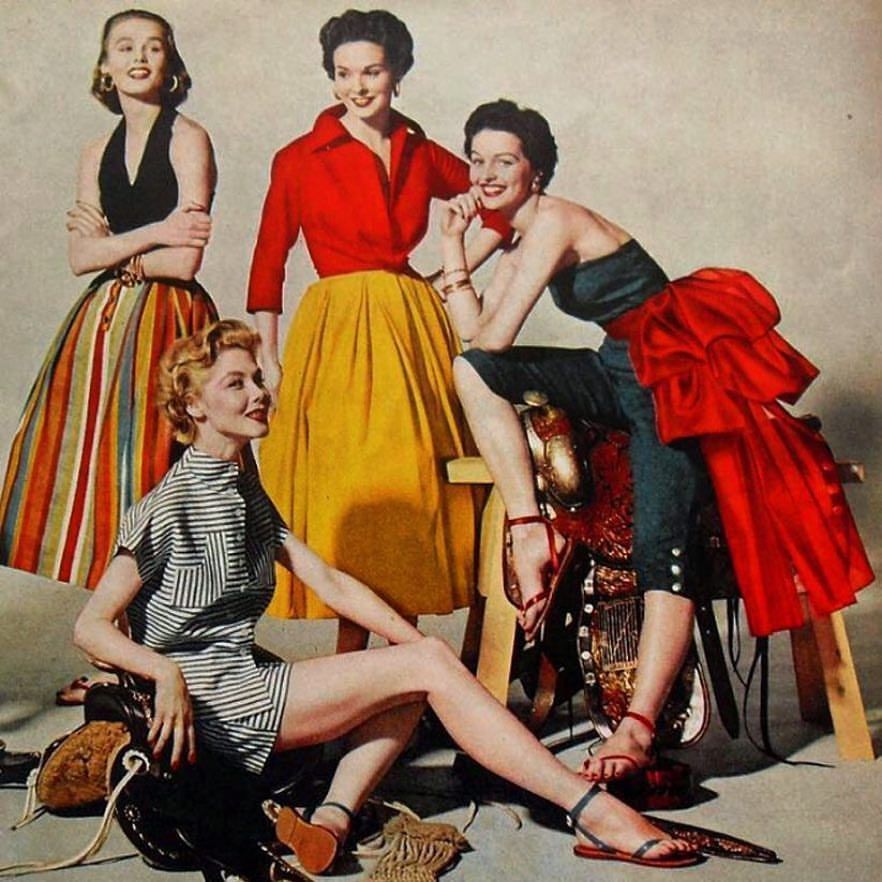
Dance styles
SWING DANCE is the common name of a group of dance styles, let's talk about each separately
Dance shoes
The choice of dance shoes is even more important and difficult than the choice of clothes! Where to get? How to choose?
nine0095 Swing style clothingWhat to wear? A very important question for a dancer! Depends where you're going...
Where you can dance
Of course, at the party, which are many, it remains to find them.
Dance events or camps
These events come in a variety of formats and durations: competitions, camps, workshops, weekends, and so on, from one day to a month. They take place all over the world, and not a single event can do without at least a small party for a couple of hours, so you can...
Party at the bar
Sometimes a school or an individual teacher holds a party outside of their studio. Sometimes a good band plays in a bar and invites dancers to a concert.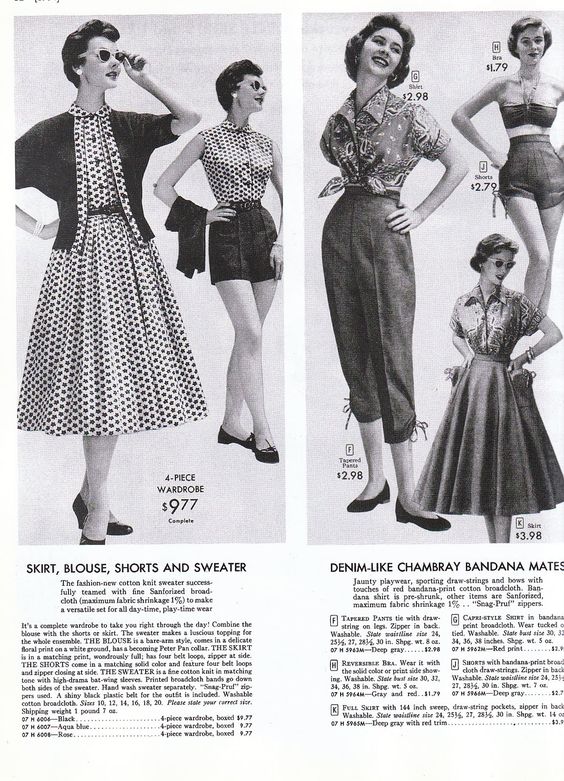 You can just get together with friends and go without an invitation to a concert of your favorite band - they are usually only happy. On...
You can just get together with friends and go without an invitation to a concert of your favorite band - they are usually only happy. On...
Regular school parties
In Moscow, each of the swing dances has at least 1 party per week. Each dance school holds parties in its halls with varying degrees of regularity. In summer, all this is transferred to the parks - Open Air parties. We do not yet have a common information resource, ...
Endless Argument - Naphthalene vs Straights
What better conveys the spirit of the Lindy Hop - grandmother's dresses or ripped jeans?
A little more about the blues
When the blues (Bluesdance) went on a commercial footing, they began to refuse sex, as well as the evening dress code!
Subtleties of style in clothes
Usually dancers from the West Coast Swing parties say that they dance in the most ordinary clothes, but there are still subtleties here. Once, I went to a party in wide trousers, sewn according to the pattern of the 40s ready and the most ordinary shirt.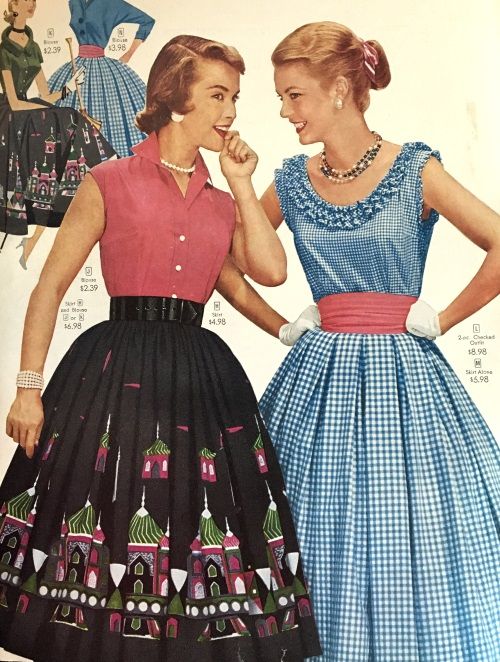 I was standing at the entrance when I entered the hall...
I was standing at the entrance when I entered the hall...
Shoe selection
I took it in Auchan! If you know how, it doesn’t matter what, but Michael Grimm came to class with a backpack of shoes
Looking good is not vanity, but politeness!
The way your clothes look affects your dance more than you think.
Clothing can restrict movement over the head
Clothing must be comfortable - do not hinder movement! The most common advice. But what does this mean? For example, are slates or flip flops comfortable shoes? Well, everything is relative! I saw people dancing in them on the beach, but something else is better on the parquet. Oddly enough, but ...
Dress up for class
I usually advise you to change for class, because this simple "ritual" allows you to stop "being yourself" - get out of the image in which you were at work and enter a new image. They say it helps to tune in to...
When is it time for a party?
The sooner the better! The fact is that at the first, and sometimes even the second and third, party, you will be scared to go dancing.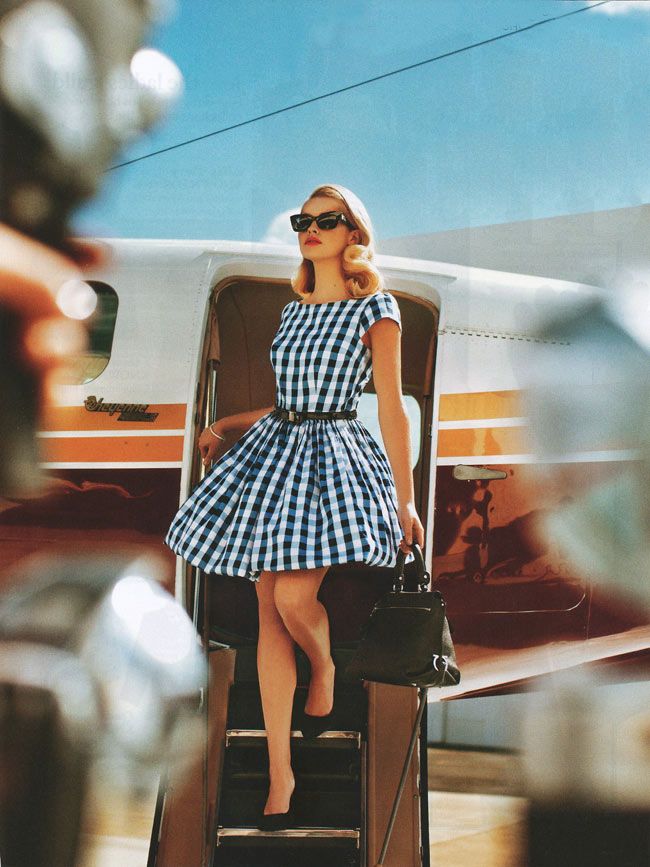 It is necessary to go through some "acclimatization" - to get used to the new environment. Therefore, it is worth going to a party after your first lesson. It's...
It is necessary to go through some "acclimatization" - to get used to the new environment. Therefore, it is worth going to a party after your first lesson. It's...
Lindy Hop Costume Reconstruction
Clothing and dancing are certainly related, but Swingdance is not a reenactment. The dance itself has long ceased to copy old films, all the more there is no point in striving for vintage clothes if you are not a fan of vintage clothes and do not understand the history of the costume - focus on ...
Blues is a fictional little brother…
At the first Bluesway in Kazan, we went out with one blues teacher to smoke, and he said: — the blues is a fictional dance: if you are good at dancing the Lindy Hop, for example, then you don’t have to learn to dance the blues. Well! if you REALLY know how to lindy hop - then yes ... Although ...
The main thing is that the suit fits
Looking good is not vanity, but politeness! Obviously, it’s worth trying not just to avoid stale T-shirts and stretched sweatpants.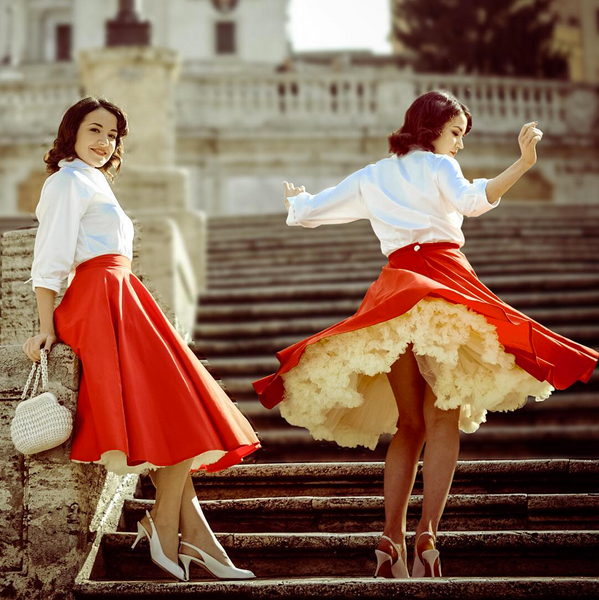 Clothing for training, as well as for competitions, performances and parties, should look decent. At the lesson it can be...
Clothing for training, as well as for competitions, performances and parties, should look decent. At the lesson it can be...
How to start dancing?
Very simple: take a change of shoes, come and don't be afraid to be afraid
Why dance? nine0096
Nobody comes to a dance for the sake of dancing! What is dancing really?
Swing Music
The choice of dances depends on the music. What is Swing? How would you explain ...
Collegiate Shag
Colidget step - fast dance in a close position, but with more amplitude footwork than balboa. It was popular at the very end of the 30s, and for some reason now too. There are similar destinations, for example, Saint Louis Shag. The dance was popular in the middle of the Swing Era, so...
Blues dance
Blues is a slow blues dance. The newest of all swing dances, as an independent dance direction, began to form in 2002. Of course, everyone here says that you can come to the blues in anything, but it's not so simple.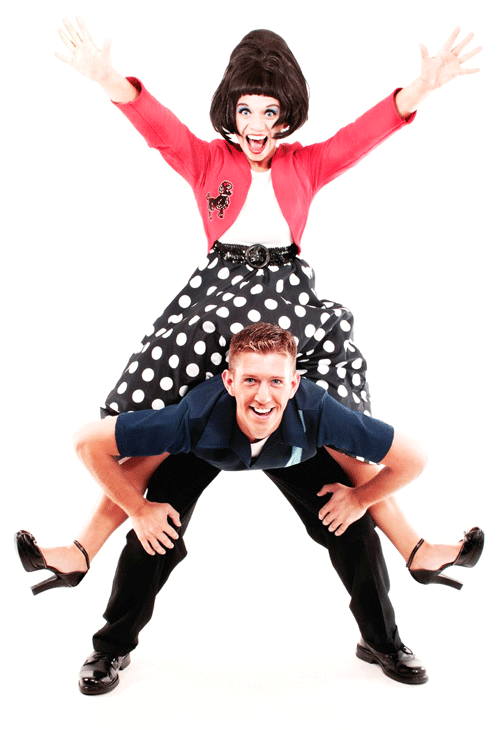 Clothing is...
Clothing is...
West Coast Swing
VKS is a “lindy hop for whites” to modern music.
Charleston
Charleston - the first of many swing dances, appeared at the very beginning of the last century during the days of ragtime. The peak of popularity came in the roaring 20s (roaring 20'es) - Charleston of the twenties (# 20'es Charleston) - the most popular and characteristic variety,...
Balboa
Balboa is a predominantly very fast dance in a very close position, to classical swing or New Orleans jazz. Appeared in the city of the same name in LA county, at the beginning of the twentieth century. Usually divided into two directions. Purebal. The most authentic version of the dance, almost...
Carolina Shag
Karolina Shag - a vigorous, but not very fast, dance, mainly in an open position, with a variety of interesting footwork. Appeared in South Carolina in the 50s. This music is called Beach Music - actually very light and pop blues.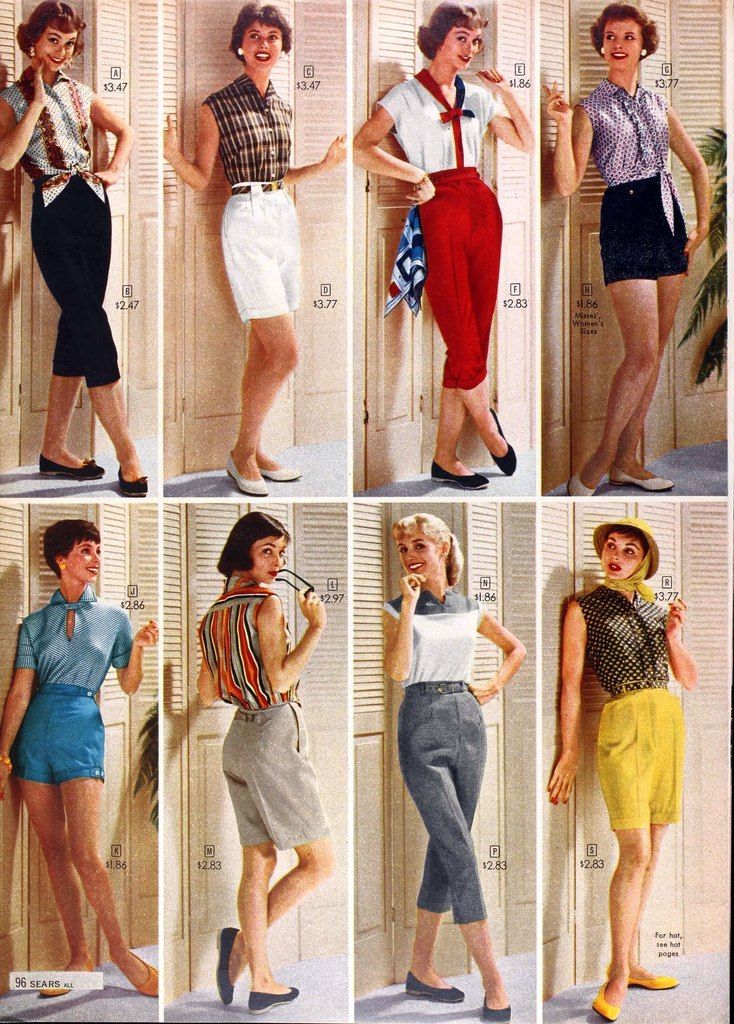 Exactly what they put on Boogie...
Exactly what they put on Boogie...
Boogie Woogie
Boogie woogie - the same Lindy hop, only with different music, often divided into slow boogie and fast boogie. Appeared at the very beginning of Swing Revival (in the 80s) in Europe, as a collective image of jitterbug and rock and roll. It is often referred to as club or dance rock and roll, as...
Lindy Hop
Lindy hop is the main swing dance - this is swing. It has elements of all other dances, because in its development it absorbed the best of other dance styles. Sometimes slow, but usually quite fast. Appeared in New York, at the end of...
How long to study?
How long does it take to learn to dance? I don't have a short answer to this question. Any training is an endless process... What is it for you - to learn to dance? I don't know a single really cool dancer who doesn't want to dance better. In...
Dance Lesson Levels
They were invented for greater learning efficiency and your convenience.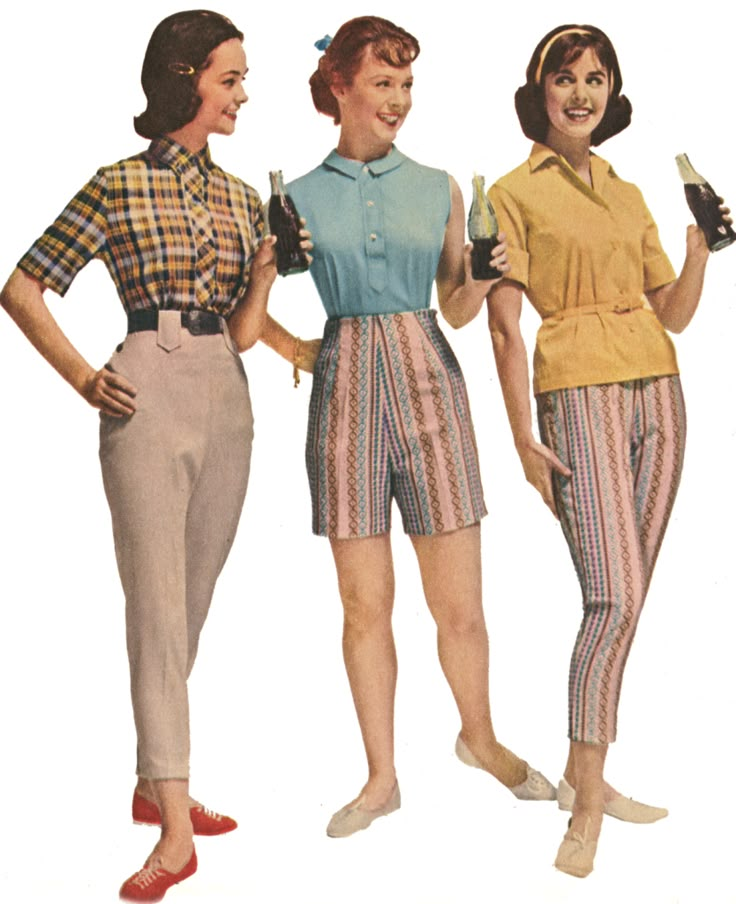
5. Buy at dance event
There were a lot of events before the pandemic. In Europe, and sometimes in our country, different manufacturers often sold shoes there. It seems to have been the most popular...
others
remixvintageshoes.com, stacyadams.com and many more.
Aris Allen
(dancestore.com) - I like the price and quality, although the rest of the Lindy Hoppers consider them too plebeian.
Bleyer
The oldest ones: - boogers love them very much, they seem to me not very convenient and expensive, and the production in Vietnam adds fun with sizes and ...
4. Buy online
Now there are many online stores of dance shoes. Here, shoes are most suitable for swing dances, since the owners themselves are dancers. The problem is only with the fitting, to make sure that this model is right for you. To check your size, you can...
3. Tailor-made
Risky and expensive. The risk is that the lasts for these workshops are rarely developed by orthopedists, and all recommendations for heel height, material stiffness, etc.






